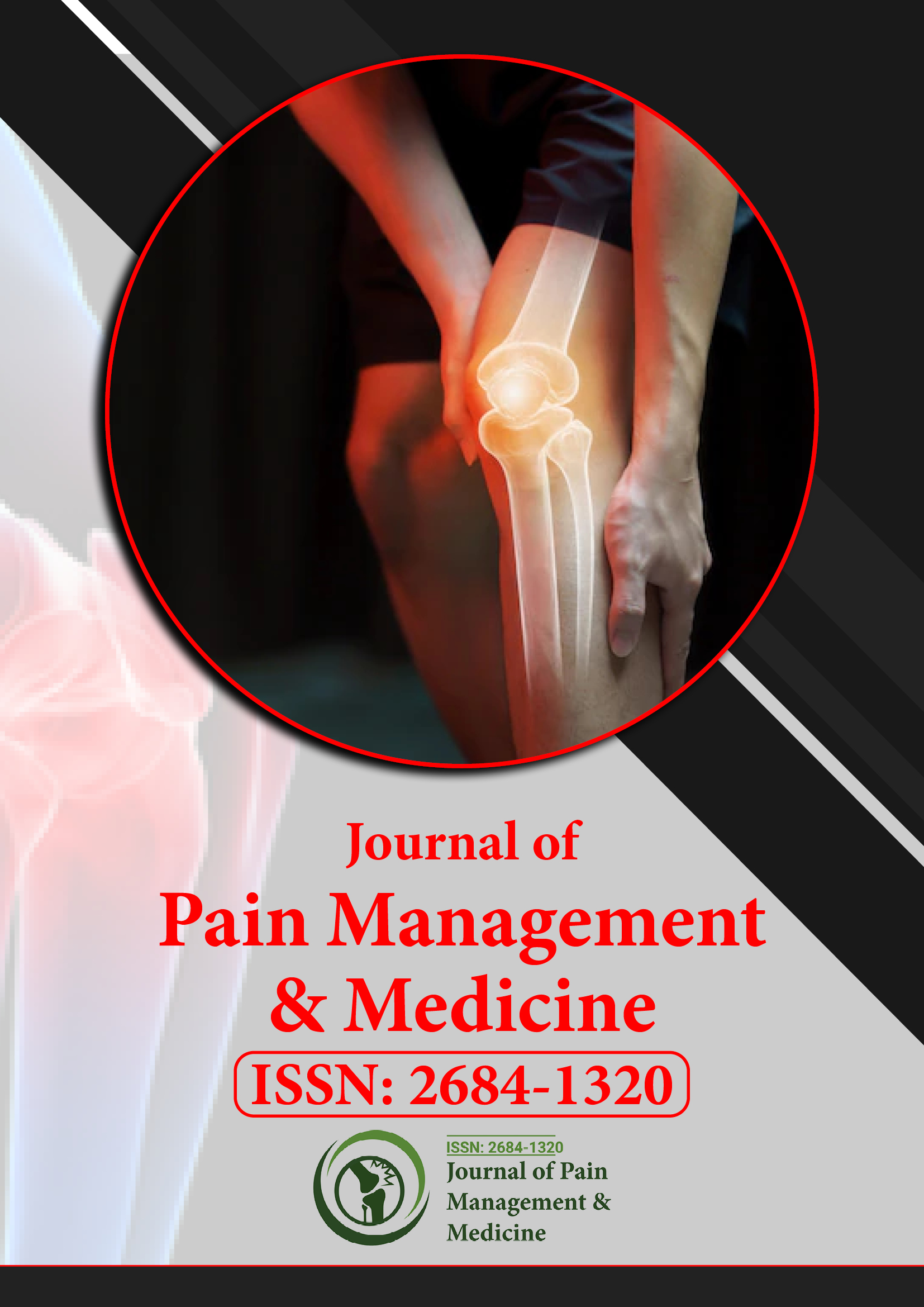Indexé dans
- RechercheRef
- Université Hamdard
- EBSCO AZ
- Publions
- Pub européen
- Google Scholar
- Marché en libre accès de qualité
Liens utiles
Partager cette page
Dépliant de journal

Revues en libre accès
- Agriculture et aquaculture
- Alimentation et nutrition
- Biochimie
- Bioinformatique et biologie des systèmes
- Business & Management
- Chimie
- Génétique et biologie moléculaire
- Immunologie & Microbiologie
- Ingénierie
- La science des matériaux
- Neurosciences & Psychologie
- Science générale
- Sciences cliniques
- Sciences environnementales
- Sciences médicales
- Sciences pharmaceutiques
- Sciences vétérinaires
- Soins infirmiers et soins de santé
Abstrait
Interventions contre la douleur pelvienne chronique chez les femmes en âge de procréer : une revue systématique
José Gerardo Garza-Leal, Francisco J. Sosa-Bravo, José G. Garza-Marichalar, Lorena Castillo-Saenz, Carolina Quintanilla Sánchez, Linda I. Gonzalez Sariñana, César A. Ramos-Delgado
Objectif : Cette revue systématique et méta-analyse ont été menées pour résumer et synthétiser les données probantes disponibles sur la prise en charge et les interventions pour la douleur pelvienne chronique chez les femmes.
Sources des données : Les revues systématiques qui incluaient des essais contrôlés randomisés (ECR) ou des études d'intervention non randomisées (NRSI) ont été sélectionnées à partir de la base de données Cochrane des revues systématiques, MEDLINE, Embase, Scopus et Web of Science depuis leur création jusqu'en mars 2020.
Critères d'éligibilité des études : Des revues systématiques d'ECR et d'études non randomisées ont été sélectionnées pour évaluer l'efficacité et la qualité des preuves de tous les traitements possibles améliorant la douleur et la qualité de la douleur chez les femmes en âge de procréer souffrant de douleurs pelviennes chroniques depuis six mois. Les études mesuraient la douleur selon n'importe quelle échelle. Nous nous sommes concentrés sur les publications qui incluaient des femmes en âge de procréer souffrant de douleurs pelviennes chroniques depuis six mois ou plus.
Méthodes d’évaluation et de synthèse de l’étude : Les traitements ont été divisés en quatre catégories : traitements pharmacologiques, psychologiques, chirurgicaux et autres traitements incluant l’acupuncture et la magnétothérapie. Toutes les interventions et comparateurs ont été évalués.
Résultats : Douze études ont été retenues. Le progestatif était le traitement pharmacologique qui donnait les meilleurs résultats. Les interventions psychologiques ont montré une amélioration chez les patientes ayant bénéficié d'une échographie et d'un réconfort par rapport aux autres interventions. Les interventions chirurgicales devaient se concentrer sur les techniques de préservation des nerfs, car d'autres interventions (en particulier l'endométriose) pouvaient être bénéfiques mais avaient de nombreux effets indésirables. Enfin, l'acupuncture et la magnétothérapie ne disposaient pas d'une large base de données probantes.
Conclusion : Cet article est un aperçu des données probantes sur le traitement. La douleur pelvienne chronique peut être prise en charge par des interventions chirurgicales, pharmacologiques, psychologiques et autres (acupuncture et thérapie magnétique). Cependant, l'efficacité est limitée en raison du manque de preuves et d'études homogènes. Le traitement doit toujours être multidisciplinaire et individualisé, en fonction du phénotype spécifique de la douleur pelvienne chronique. Des études primaires et secondaires doivent être menées pour trouver de meilleures options et élargir la portée du traitement multidisciplinaire.